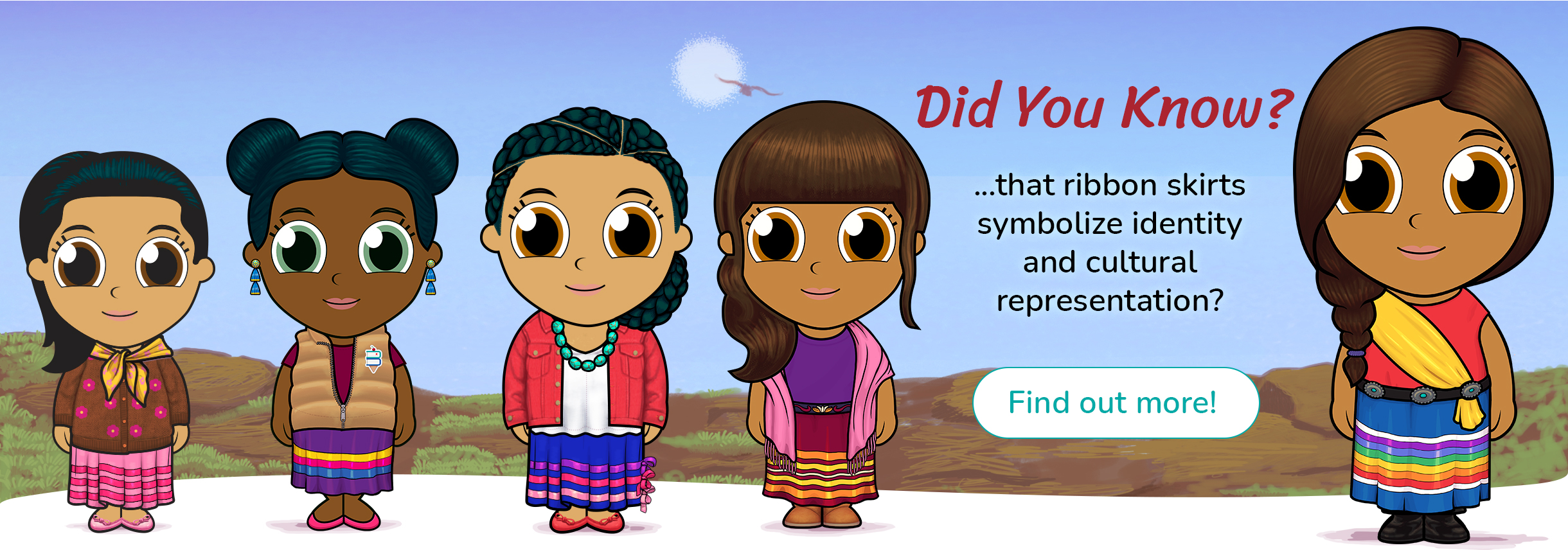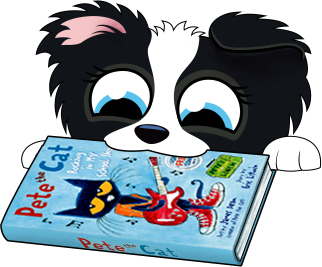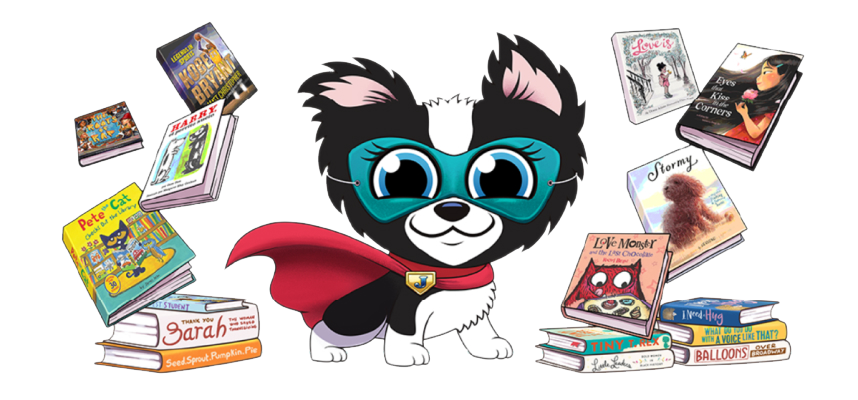
Native American Heritage Month 2023
Ribbon skirts are worn today not only as a symbol of cultural significance, but also as a beautiful fashion statement. While they mean different things to different Indigenous communities, ribbon skirts are broadly considered to symbolize culture and kinship, identity and resilience.
In 2021, Deb Haaland wore a ribbon skirt when she was sworn in as the first Native American cabinet secretary of the Department of the Interior. In What Your Ribbon Skirt Means to Me: Deb Haaland’s Historic Inauguration written by Alexis Bunten (Aleut/Yup’ik) and illustrated by Nicole Neidhardt (Diné (Navajo) of the Kiiyaa’áanii Clan), we learn that the colors of the ribbons adorning Secretary Haaland’s skirt each had a special meaning – the red ribbon represented strawberries, the orange represented fire, yellow was for the sun, green was for grass, blue was for water and violet was for shells.
To celebrate Native American Heritage Month in 2023, you can learn more about ribbon skirts, and other traditions and experiences of Indigenous Americans, through the books below:

Autumn Peltier, Water Warrior by Carole Lindstrom

Freddie the Flyer by Danielle Metcalfe-Chenail

Contenders: Two Native Baseball Players, One World Series by Traci Sorell

Keepunumuk: Weeâchumun's Thanksgiving Story by Danielle Greendeer

Kapaemahu by Hinaleimoana Wong-Kalu

The Secret Pocket by Peggy Janicki

Sacajawea (It's Her Story) by Randy'l He-Dow Teton

Every Child Matters by Phyllis Webstad

Indigenous Ingenuity: A Celebration of Traditional North American Knowledge by Deidre Havrelock

Two Tribes by Emily Bowen Cohen

Warrior Grandma: The Story of Patricia Locke by Littlebrave Beaston

Stand as Tall as the Trees: How an Amazonian Community Protected the Rain Forest by Patricia Gualinga

Wilma Mankiller (She Persisted) by Traci Sorell

Thomas H. Begay and the Navajo Code Talkers by Alysa Landry
The featured authors and illustrators represent the following tribes, nations, clans and peoples: Aleut/Yup’ik; Anishinaabe; Anishinaabe/Métis; Cherokee Nation; Chickasaw; Coast Salish; Gwichʼin; Kettle and Stony Point First Nation (Bear Clan); Kickapoo Tribe of Oklahoma; Makah; Mashpee Wampanoag Tribal Citizen, Hawk Clan; Muscogee (Creek) Nation; Nak’azdli Whut’en First Nation; Native Hawaiian; Navajo of the Kiiyaa’áanii Clan; Northern Secwepemc (Shuswap) from the Stswecem’c Xgat’tem First Nation (Canoe Creek Indian Band); Pueblo Kichwa de Sarayaku; Shoshone-Bannock Tribes; Shoshone-Bannock Tribes of Fort Hall, Idaho; Tsilhqot’in and Syilx; Tsimshian; Turtle Mountain Band of Ojibwe.





